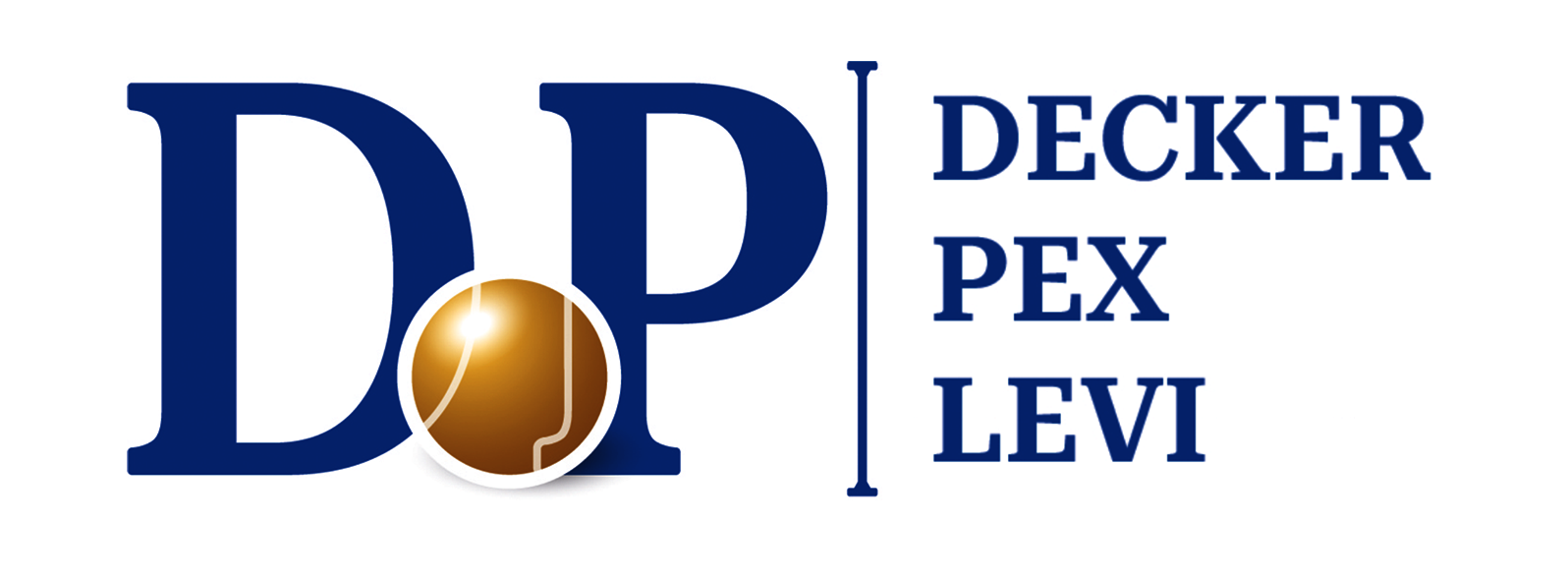The Trademark Ordinance includes rules on the validity of a trademark.
How to register a Valid Trademark in the Israeli Trademark Office registry?
What is a valid trademark under Israeli law?
Upon filing of a new trademark application, the application undergoes examination throughout which the examiner determines whether it is registrable.
Which are the criteria for examination of the mark?
It is necessary to examine whether the requested trademark is distinctive. Specifically, the examiner will review whether the mark covering the goods or services of the application is distinct from other marks covering same or similar goods or services.
In certain cases, however, it is possible to register a mark that is not distinct, if the owner of the mark can prove that consumers have come to identify the trademark with the owner’s goods or services (in other words, if the mark acquired secondary meaning). Secondary meaning can be acquired merely by using the mark.
What is considered distinctive?
A potential mark should be original, a fruit of the imagination of its thinker or designer. In other words, a mark is considered distinctive if it does not bear the common (literal or other) meaning of the mark. For example: SAMSUNG for mobile phones; L’Oreal for cosmetic products. Such naturally distinctive valid trademarks are likely to have the broadest protection.
A suggestive trademark is such that does not describe a product per-se. Suggestive marks require the consumers to exercise their imagination or perception and to put the slightest thought into linking the mark to the product. Suggestive marks are registrable if the owner of the mark can prove that the link between the mark and the product is not natural or intuitive. For example: 7-ELEVEN for a chain of convenience stores, MICROSOFT for computer software.
Which marks are likely to be refused for registration?
Descriptive marks: marks comprised of or containing components that describe characters or components of the product or service. A valid trademark that gives the consumer an obvious idea of the goods or services protected thereby, or the nature, characteristics or components of the product, is not registrable.
For example: LEGAL MARKETING for a firm that provides legal marketing services or THE CELL-PHONE FIXERS for a firm that repairs cell-phones. This type of marks is likely to be refused as they describe the very products they are intended for.
Laudatory marks:
if a potential trademark is laudatory or includes a laudatory component, it too is likely to be refused for registration. For example: THE BEST CELL-PHONE FIXERS. To determine whether a trademark is laudatory or not, it is necessary to examine it in relation to the intended goods or services.
Generic marks: marks that portray the product or services they are intended for. These are marks that give a specific idea of the entire category of goods and services. This type of marks is not registrable and should remain open for public use. For example: AUTOMOBILE as a potential brand for cars or automobiles; ICE CREAM to protect ice cream or sorbets.
Public assets: trademarks that are obviously public assets are not registrable and they cannot be expropriated from the public and should remain in public domain. Therefore, they are likely to be refused for registration.
For example, state emblems or features relating to country officials, religious symbols, etc.
Geographical indications or a name of a person: a trademark that is a geographical indication, is not registrable if it is misleading and is not distinct. Same goes for a name of a person – such trademark may be registered only if its representation is unique.
